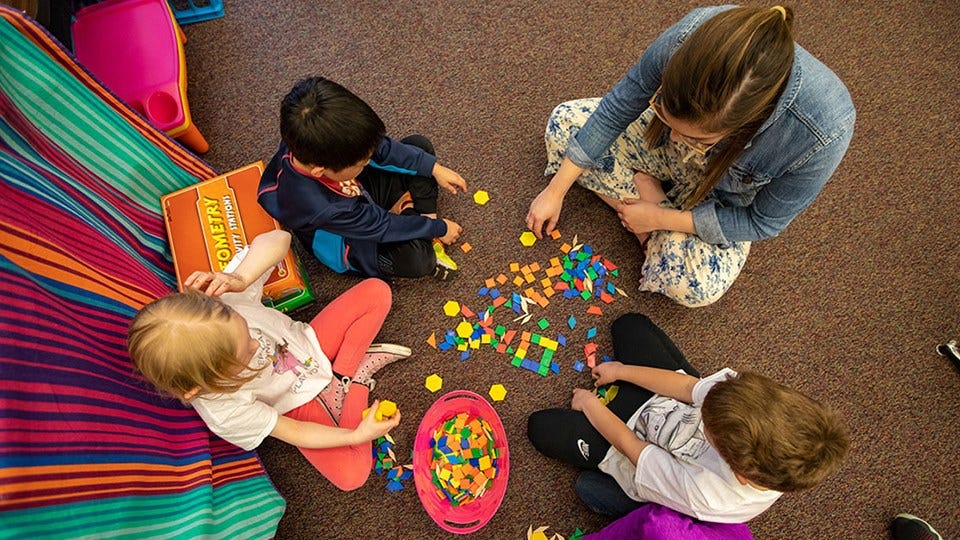Study: School Choice Led to Savings for State
 (photo courtesy of Ball State University)
(photo courtesy of Ball State University)
Subscriber Benefit
As a subscriber you can listen to articles at work, in the car, or while you work out. Subscribe NowA new study from Ball State University shows Indiana’s school choice options saved the state nearly $90 million for the 2019-2020 academic year. The study, conducted by the Center for Business and Economic Research, indicates the savings equates to about 1% of the state’s general fund spending on education.
The study, “School Choice and State Spending on Education in Indiana” examined transfer data on students at traditional public school districts and charter schools in 2019-20. It also looked at students attending private schools through the Indiana Choice Scholarship program.
Dagney Faulk, director of research at the CBER, co-authored the study along with CBER Director Michael Hicks and says the findings will help taxpayers and lawmakers better understand the advantages and disadvantages of the use of vouchers, charter schools and open enrollment programs.
Charter and voucher programs, the university says, allow students to attend schools other than the traditional public school in the district in which they live. Open enrollment, however, allows students to attend a traditional public school outside of their home district.
“As of yet, we don’t have much information about the academic impact of school choice in Indiana, but this analysis examining the fiscal impact shows that choice has resulted in savings to the state because more students transfer out of districts with the highest levels of per-student funding than into these districts,” Faulk said.
The study says 5.7% of public and private school students transferred from their home district to another traditional public school. However, nearly 4% attended charter schools and 3.2% attended private schools using vouchers.
If the transfer students had attended the public school in their home district, according to the study, state funding for those students would have totaled nearly $877 million. The study says with the choice, the state spent $788.5 million to fund the schools the students actually attended, marking an $88.2 million difference.
However, the study shows overall inflation-adjusted state spending on K-12 education has decreased in Indiana since 2010, and the distribution of spending among public and private schools has changed over the years.
“While this study makes clear that the current level of school choice saves tax dollars, significant expansion of choice, particularly private school vouchers, would not result in additional savings,” Hicks said.
You can view the full study below or by clicking here.
